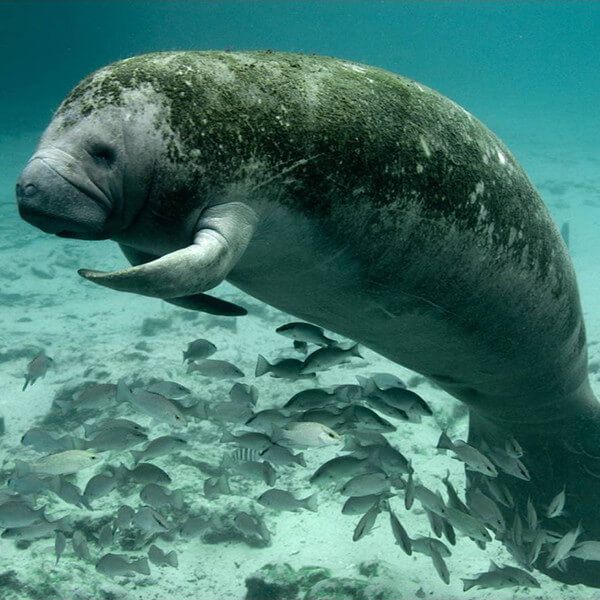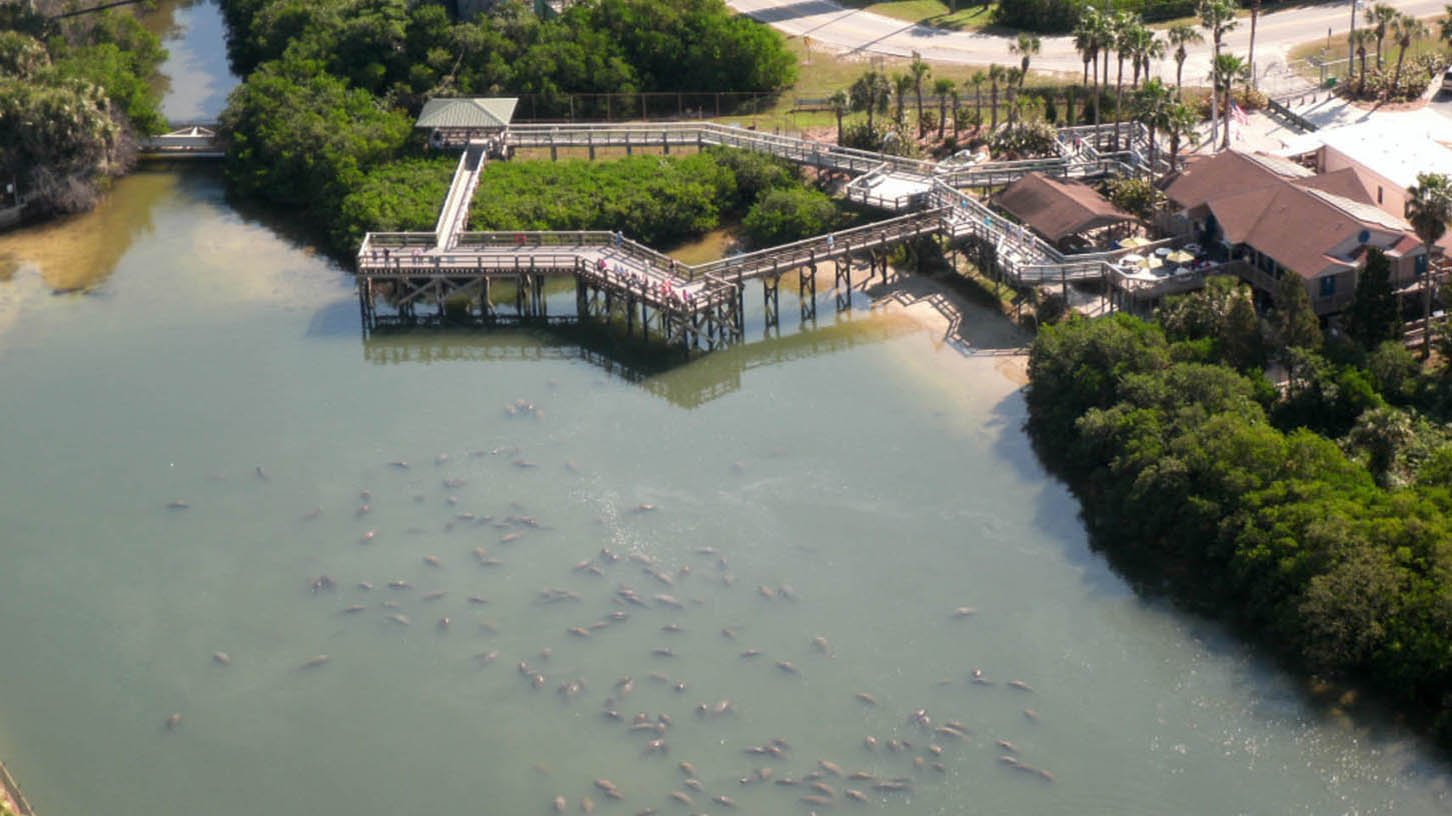Final 4: #3 Wisconsin v #7 Texas, Thu 12/14, 9:30p ET (ESPN)
Dec 10, 2023 10:38:00 GMT -5
bigfan, knapplc, and 10 more like this
Post by rainbowbadger on Dec 10, 2023 10:38:00 GMT -5
| Final 4 #3 Wisconsin v. #7 Texas |
| Thursday, Dec. 14, 2023 9:30 PM ET / 8:30 PM CT or 30 minutes after the previous match |
| Amalie Arena Tampa, Florida |

Follow Along
🎟: Ticketmaster
🎟: StubHub
📺: ESPN (TV)
📊: StatBroadcast
🎧: FoxSports 1070 AM Madison
🏆: Interactive Bracket
Players to Watch
Wisconsin
 |  |  |  |  |
#13 - OH Sarah Franklin 6-4 R-JR | #14 - MB/RS Anna Smrek 6-9 JR | #10 - MB/RS Devyn Robinson 6-2 SR | #52 - MB Carter Booth 6-7 SO | #12 - OH Temi Thomas-Ailara 6-2 GR |
Texas
 |  |  |  |  |
#6 - OH Madisen Skinner 6-2 JR | #13 - OH Jenna Wenaas 6-1 JR | #7 - MB Asjia O'Neal 6-3 SR | #1 - S Ella Swindle 6-3 FR | #2 - L Emma Halter 5-5 SO |
History
Texas leads 5-4.
In Madison: Wisconsin leads 2-1.
In Austin: Texas leads 3-1.
Neutral: Tied 1-1.
Last Meeting: Texas beat Wisconsin on 4/22/21 at the 2020-21 Final Four in Omaha.
Did you know…?
The Florida manatee (Trichechus manatus latirostris) is a subspecies of the West Indian manatee, a large, slow-moving, herbivorous, aquatic mammal native to the warm coastal areas of the Caribbean. Ranging in size from about 9 to 11.5 feet and 800-1200 lbs, manatees look like walruses or chunky porpoises, but are more closely related to elephants - both belong to a mammalian clade called Tethytheria. Their molars are similar in layout and growth pattern to those of elephants, and manatees have no front teeth. Instead, they have prehensile lips. The upper lip is split into left and right sides, which can move independently to manipulate and tear at the leaves of the 60+ different fresh- and saltwater plants that make up the manatee's diet.

Manatees' skin is often covered with algae, barnacles, and other biota.
West Indian manatees prefer warmer temperatures and are known to congregate in shallow waters. They frequently migrate through brackish water estuaries to freshwater springs. They prefer water above 20°C (68 °F), and cannot survive below 15 °C (60 °F) due to their slow metabolism and lack of a fatty layer beneath their skin. Their natural source for warmth during winter is warm, spring-fed rivers. While during the summer they may range as far as Texas in the west and Georgia in the east, Florida manatees stick to Florida proper during the winter, where the headsprings of the state's major rivers stay around 22 °C (72 °F).

A manatee calf nursing from its mother
Since the mid 20th century, manatees have been gathering near the warm-water outflows of power plants along the Florida coast, instead of migrating south as they once did. Manatees exhibit high site fidelity and can recall previous refuge sites to which they frequently return in successive winters. One such refuge site is near Tampa Electric Company's Big Bend Power Station in Apollo Beach. The discharge canal, where clean warm water is returned to Tampa Bay after cooling the generators, is a state and federally designated manatee sanctuary. TECO partners with the Florida Aquarium and the Florida Fish and Wildlife Conservation Commission to run its Manatee Viewing Center, where visitors can observe the gathering sea-cows from November to April.

Tourists can view manatees congregating in water warmed by Tampa Electric Company's Big Bend Power Station.






